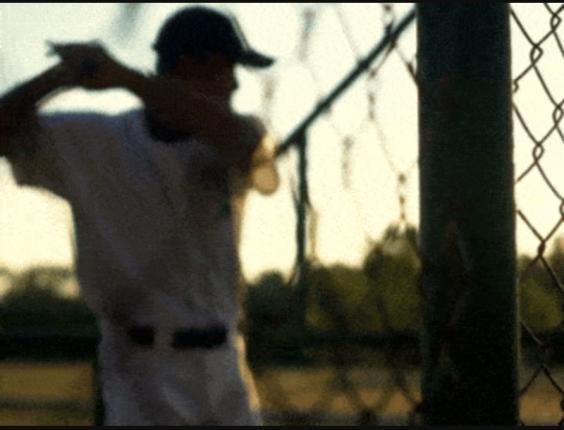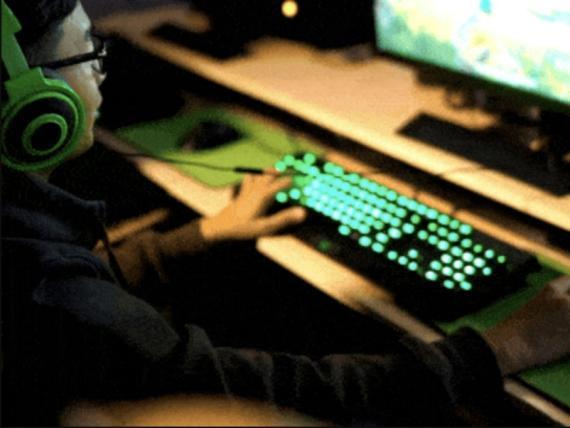From labored breathing to squeaky shoes and rowdy crowds, the soundtracks to our favorite sporting events contain much more than just music.
A new project in the Sports, Society, and Technology Program (SST) in the Ivan Allen College of Liberal Arts — Sound, Sport, and the Digital — asks how the unique sounds of sports shape their place in our society.
"We want this project to show how sounds reflect cultural norms and power imbalances within sports," said SST affiliated scholar Matt Ventresca, the lead researcher on the project. For example, complaints about Serena Williams’ audible grunts during tennis matches exposed gender and race stereotypes within the sport, he explained.
"Understanding why some sounds are considered normal or natural in sports — and which are silenced or unwelcome — can inform cultural changes to make sports more inclusive and safer for everyone," Ventresca said.
Professor Mary McDonald, Homer C. Rice Chair in Sports and Society, partnered with Ventresca and a network of scholars across North America and Britain on the project, which includes a resource library, sound archive, and webinars.
The researchers emphasize three aspects of the work:
Sound is taken for granted in the world of sports and has not received much study.
Advancements in digital and audio technology have created new research opportunities that can disrupt assumptions about sound and sports. (For example, football broadcasts carefully curate their soundscape to make the sport feel masculine and exciting. Using editing software to modify those sounds can drastically shift our perception of the event.)
The online project and database help make the sports studies community more accessible and inclusive to those who can’t attend live conferences or events due to location, financial restrictions, illness, or disabilities.
"Very few scholars are working at the sport-sound intersection,” McDonald said. “We are excited to expand the discipline and build a diverse network of scholars, artists, athletes, students, practitioners, and the interested public.”


